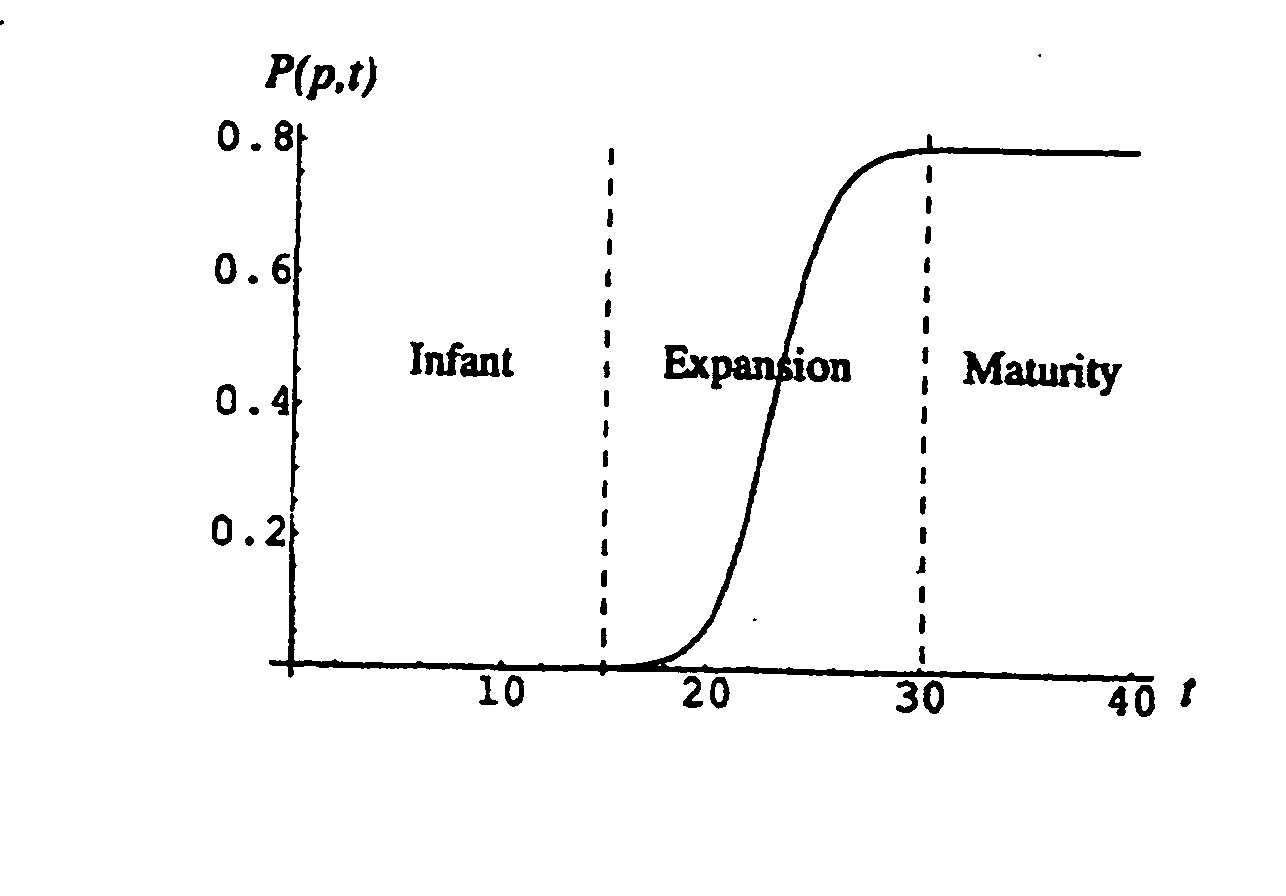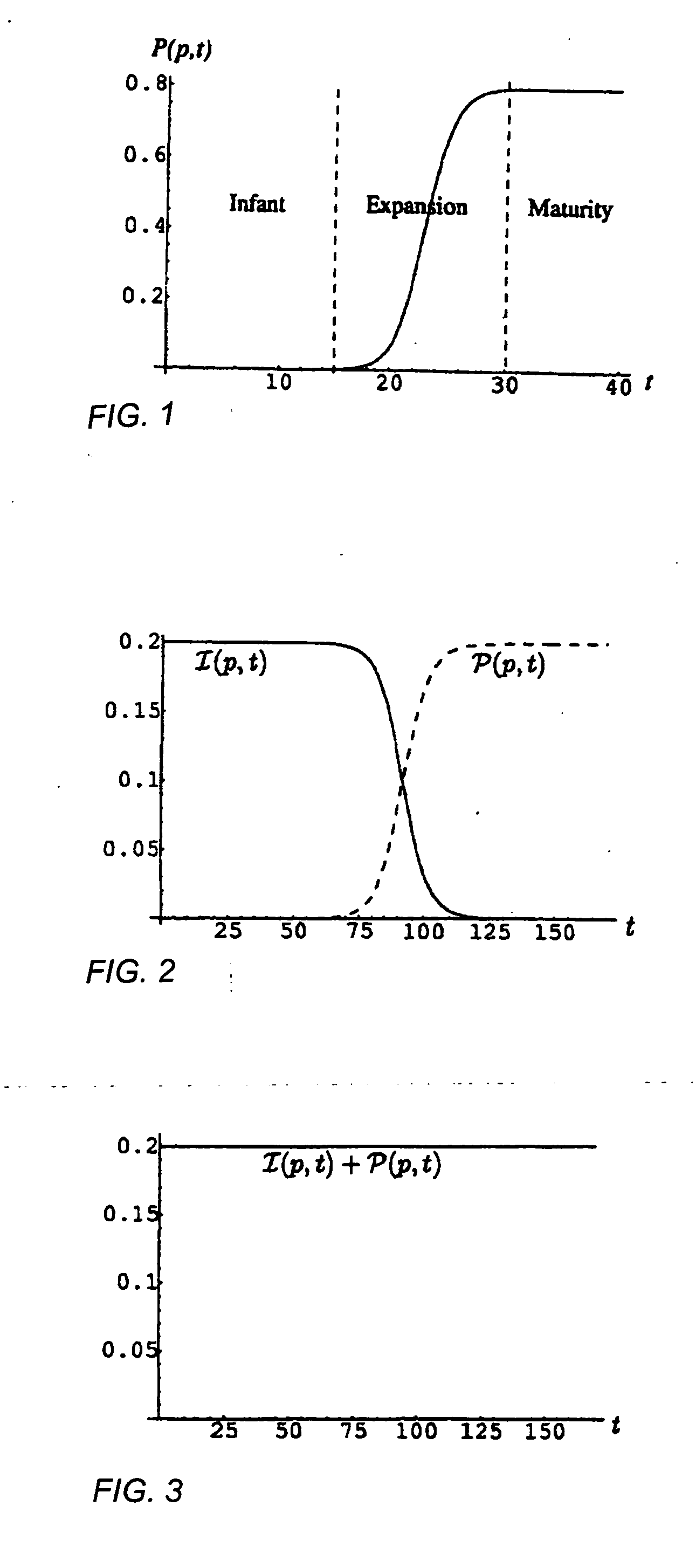Unbiased page ranking
a page ranking and page technology, applied in the field of computerized information retrieval, can solve the problems of affecting the and affecting the ranking of the page, so as to achieve the effect of high quality of a pag
- Summary
- Abstract
- Description
- Claims
- Application Information
AI Technical Summary
Benefits of technology
Problems solved by technology
Method used
Image
Examples
Embodiment Construction
[0020] As an initial matter, the word “we” is used in the “royal we” sense for ease of description and / or explanation, and should not be taken to signify or imply anything other than sole inventorship. In accordance with this invention: [0021] We introduce a formal definition of page quality, which captures the intuitive concept of “page quality,” which we believe is the first formal definition of the quality of a page, and evaluate various ranking functions under the formal definition. [0022] We show that Google's PageRank measures the formal definition of page quality very well under certain conditions. However, Google's PageRank is heavily biased against unpopular pages, especially the ones that were created recently. [0023] We provide a direct and practical way of measuring page quality. This quality estimator avoids the bias inherent in popularity-based metrics, such as PageRank. [0024] We propose a theoretical model on how users visit Web pages and how the popularity of a page...
PUM
 Login to View More
Login to View More Abstract
Description
Claims
Application Information
 Login to View More
Login to View More - R&D
- Intellectual Property
- Life Sciences
- Materials
- Tech Scout
- Unparalleled Data Quality
- Higher Quality Content
- 60% Fewer Hallucinations
Browse by: Latest US Patents, China's latest patents, Technical Efficacy Thesaurus, Application Domain, Technology Topic, Popular Technical Reports.
© 2025 PatSnap. All rights reserved.Legal|Privacy policy|Modern Slavery Act Transparency Statement|Sitemap|About US| Contact US: help@patsnap.com



